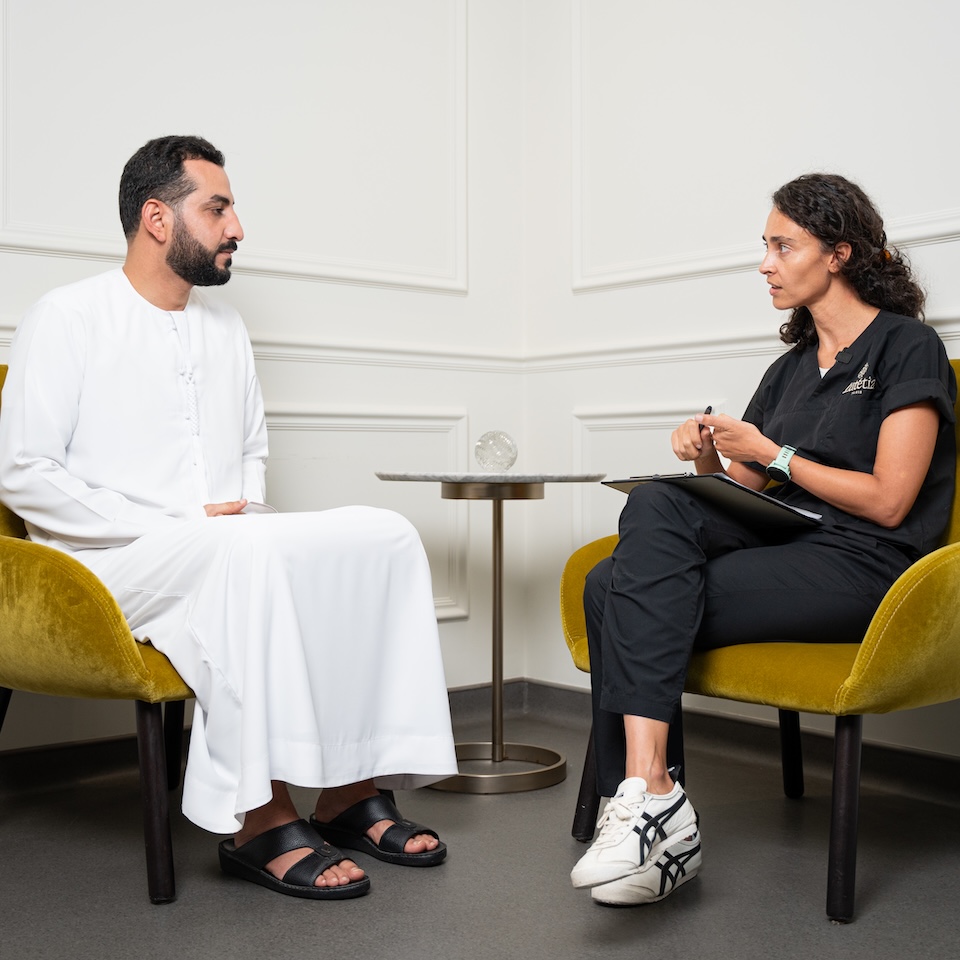What is a Mole Removal?
Moles can be described as excessive growth of skin and are found on almost every person in the world. They are not natural but are a result of genetic evolution or mutation.
Some people actually prefer having moles, seeing them as their ‘beauty spots’, while others often perceive it to be an addition that can be taken off.
The removal of this excessive build up and growth of skin is known as mole removal or mole excision

When should you consider a Mole Removal?
There are 2 key reasons as to why one might want to consider a mole excision surgery:
- Cosmetic issues: When people are not satisfied or are uncomfortable with a mole on their body, as it can appear almost anywhere and can affect overall physical appearance.
- Skin cancer: A more serious skin cancer called melanoma can grow inside or near the mole. People who have already developed the disease or who would want to remove the mole to decrease any chances of developing the disease can also opt for the surgery.
The Mole Removal Surgery procedure:
The surgery you choose to have depended on your needs and what you prefer. Your surgeon will provide you with options; you have to choose the one which suits you the most. This is a long-term solution to have a neat appearance. There are some particular risks which you should consider with the surgeon.
Excision Biopsy
- The surgeon will first inject you with a mild anaesthetic in the area. The anaesthetic is only strong enough to make the area numb as you will be awake throughout the entire process.
- The entire mole is then removed along with a small (2 mm) area of healthy skin. This is to prevent and take out any extension of the mole inside the skin.
- The extracted mole is then sent to a laboratory, and your wound is cleaned. The wound might need to be closed with stitches after it has been dressed.
- Post the surgery, the surgeon will then guide you on the next steps of the do’s and don’ts of taking care of the wound and the symptoms to watch out for.
Wide Local Excision
- The mole that your surgeon sent to the laboratory is further tested to see if it is cancerous or not.
- If the sample is seen to be cancerous, you will be called again to the hospital for another surgery. In this process, the area will be scanned for any cancer cells.
- If cells are found, they will immediately be removed. If your reports did not reveal any melanoma findings, then you don’t require to visit the clinic again.
Mole Excision Scars & Incisions
The size and results of the scars from the mole excisions are entirely dependent on the type of treatment applied, as well as the shape and size of the mole itself. The good thing to note is that the scars will soon fade away with time. Apart from this, there are topical and other treatments available at Maison Lutétia for skin healing and scar treatments.
Mole Removal recovery time and results
The time you need to recover, following post-operative instructions, and the period prior to resuming your physical activity is discussed before your surgery. Your situation is assessed by our plastic surgeons, before setting a future course of action.
Your surgeon will let you know about what you should plan for, and how you need to take care of certain areas after the surgery. Your recovery time might vary and will depend on your physical ability, current condition and other factors.
The results will last for a lifetime. This is a one-in-a-lifetime process. Once you get it done, you can quickly expect to be relieved of the mole once and forever. Although you might need to take some precautions and act carefully in some scenarios, you are good to go otherwise. You can remove the dressings from the wound in a few days and wait for almost two weeks to review the results.
What happens during Mole removal at the consultation?
During your consultation at our specialty mole removal clinic in Dubai, it is best if you have all your questions and queries written down before you meet your surgeon. At your consultation, you will discuss the surgical options available with our specialist surgeons, including the pros and cons, along with your medical history. It is necessary that the surgeon knows about your medical history, whether you’re following current medications, major illnesses in the past, or habits such as smoking. Your surgeon will then start examination and medical photography, which will be stored in your confidential file. Please remember that the photography, storage and usage of the photographs will be by your consent through a form which is filled before the process. Moreover, there will be a general physical examination which will record your height, weight, and other factors to determine whether you are fit for surgery or not.



